Pittsburg Texas Historic Churches. (original) (raw)
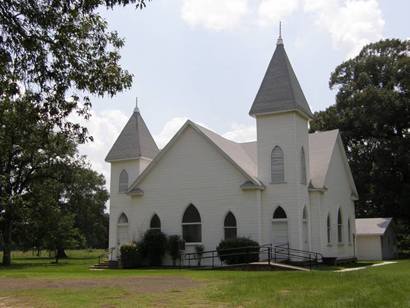
Reeves Chapel Methodist Church
CR 3326, Pittsburg
"The Reeves Chapel was about 6-8 miles west of Pittsburgdown an old county road. Finding churches like this just about take my breath away." - Barclay Gibson
Reeves Chapel Historical Marker Text
When a migrant worker died in 1879, there was no cemetery in this community. Counce Reeves, a Civil War veteran who had come from Hamilton County, Georgia, and his wife Selina gave two acres at this site for a church and burial ground. The Rev. D. Dane of Jefferson led in organizing the Reeves Chapel Methodist Church. The congregation erected a brush arbor and in the fall of 1879 constructed a frame meetinghouse. Later Reeves deeded an additional two acres. After the fellowship grew, members initiated efforts to erect a larger building in 1907.

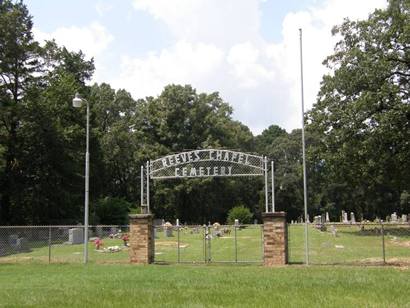

Another view of Reeves Chapel Methodist Church
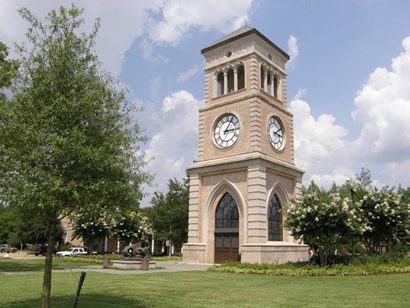
Chapel at the Prayer Tower
"A chapel that never closes."
Jefferson & Lafayette St., Pittsburg
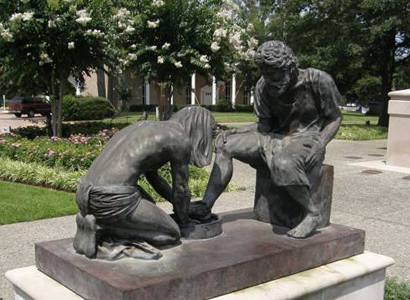
Statues at the Prayer Tower: Jesus Washing Peter's Feet
More Texas Statues
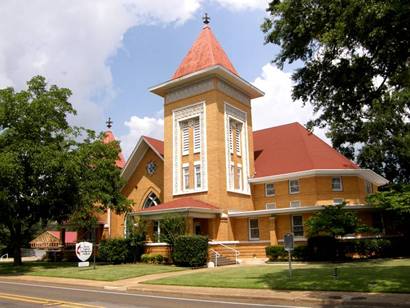
The 1904 First Methodist Church
200 Mt. Pleasant St., Pittsburg
First Methodist Church Historical Marker Text:
The charter members of this church, organized in 1857 by the Rev. J. W. Harvey Hamill, included Major and Mrs. w. H. Pitts and others in the Pitts family, for whom this town was named. The congregation worshipped first in a log structure, then shared a 2-story frame building with the Masonic Lodge. A larger frame sanctuary was erected in 1888-89. It was replaced by this brick prairie style church, constructed (1904-05) during the pastorate of the Rev. E. L. Shettles. In 1953 the educational wing was added. In 1957, the fellowship's centennial year, membership was 546.

The 1896 Saint Beulah CME Church
S. Texas and Dickson St., Pittsburg
Saint Beulah Christian Methodist Episcopal Church Historical Marker Text
The C.M.E. Church in Pittsburg was organized by the Rev. Joseph Lloyd, who came here between 1870 and 1889. The name St. Beulah was adopted after this sanctuary was constructed in 1896. The wood frame Gothic revival building has an asymmetrical facade with two towers of differing sizes. The stained glass lancet windows were donated by various members of the congregation.